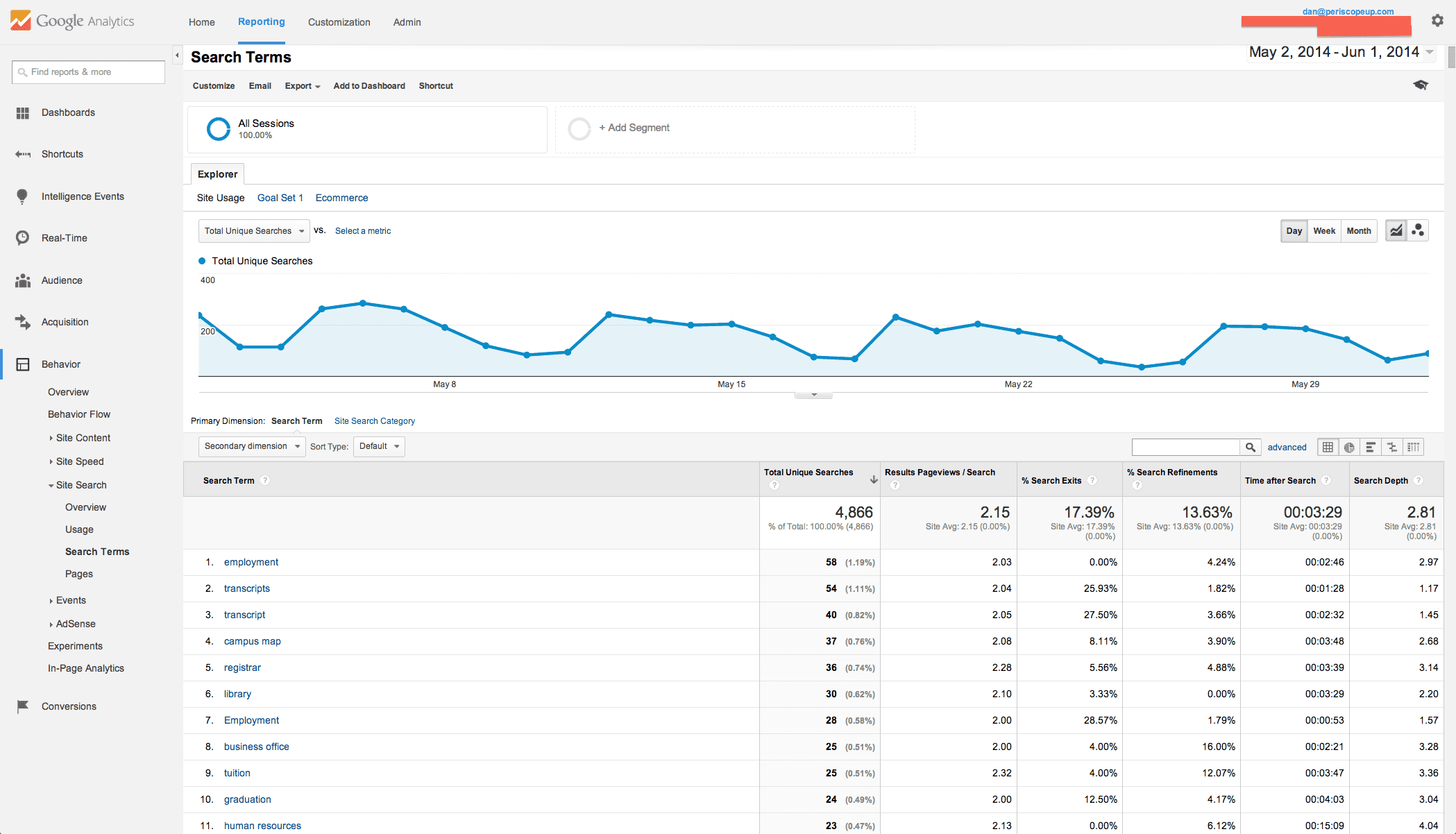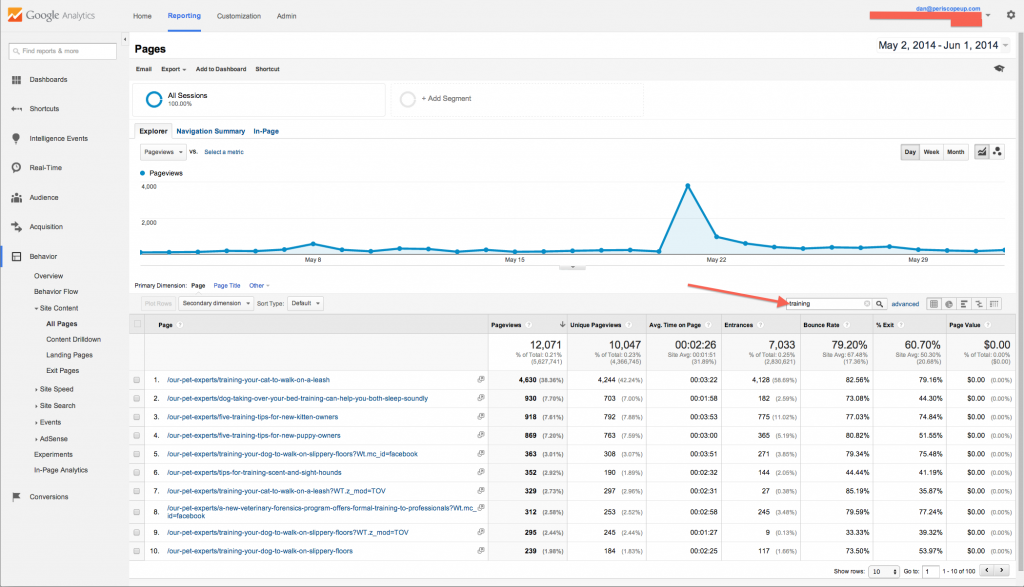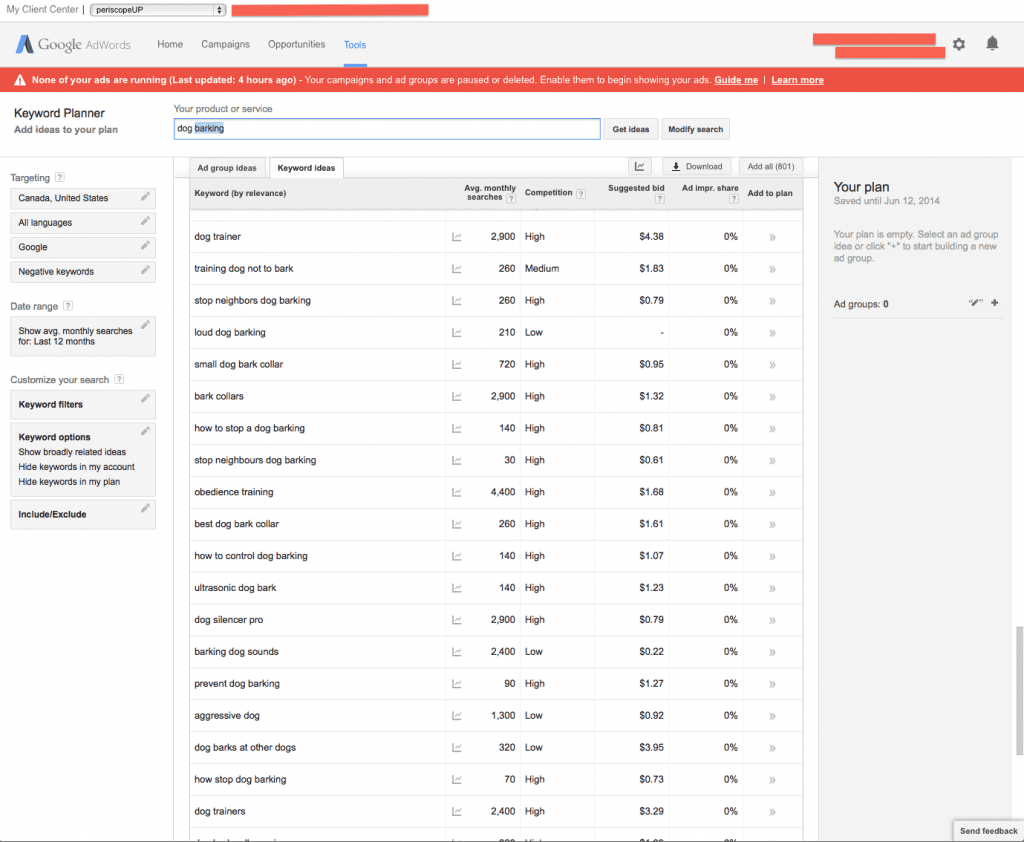In this video, I explain how to combine the selection of content topics with keyword research. You can also download a PDF outline of this post.
Content can take on various forms such as news, promotions, special offers, and product pages. However, if you are a business promoting your products and services, we believe that at least half of your fresh content should be utilitarian, or useful to your audience in helping them improve their lives through the use of your products or services. For a deeper explanation, read our post on What is Engaging Content.
By generating useful, engaging content, you attract them to your conversion pages or calls to action to buy, download, subscribe, etc.
Two Great Examples
Yowza Fitness makes treadmills and ellipticals, and Yowza owner/blogger Joe Alter gets around 1000 visits a month by providing useful home fitness information. He writes about workout routines, weight loss, and nutrition advice. The articles help people improve their lives with home exercise equipment (which he sells).
Jeff Sirody is a blogger and lawyer with experience in Maryland bankruptcy proceedings. His blog has articles like “Stop Collection Calls” and “The Advantages Of Bankruptcy” as well as in-depth guides to filing for bankruptcy. All of Jeff’s articles are useful in that they help his prospects understand bankruptcy.
The strategy with both of these bloggers is to provide utilitarian content that draws prospects into their sites, then use calls to action to drive visitors to conversion pages, in the first example, purchase pages, and in the second, a lead form.
Getting Started On Selecting Topics
Start with a goal. Are you trying to support or inform? Do you want to target popular topics and keywords that you don’t rank for? Or perhaps you are trying to push terms you already rank for higher.
Use a content calendar which lays out 2-3 months of topics in advance. This helps you plan for seasons, holidays, and special events, and keeps your team in sync, be they writers who create the content, technical people who post the content, and outreach / social media people that push your content out to the web.
Understand Your Users’ Interests
Look at your own site search statistics in Google Analytics, and find out what people are searching for while on your site.
 Site Search In Google Analytics can tell you what people are looking for on your site.
Site Search In Google Analytics can tell you what people are looking for on your site.
Next, look at your most popular pages for any given topic. Getting to know your own readership helps you generate good ideas right away.
 Most popular pages in Google Analytics. Use the search tool (red arrow) to refine.
Most popular pages in Google Analytics. Use the search tool (red arrow) to refine.
Next, look at related searches. Use Google Auto Complete fills in words automatically for any given search term placed in the search box before you hit enter. This tells you what people have already searched on in relation to your topic.
 Google Suggest gives you topic ideas automatically under the search bar before you hit enter.
Google Suggest gives you topic ideas automatically under the search bar before you hit enter.
At the bottom of the Google search results page there is also a list of related searches giving you additional content ideas.
 Google related searches give you more topic ideas to choose from.
Google related searches give you more topic ideas to choose from.
What’s Trending And What’s Hot
Use Google Trends to see interest over time for any search term. Google Trends also displays related terms and breakout terms to give you more info to draw from. Reddit and Topsy are other great tools to find what’s currently popular.
Try Quora to find niche forums that fit your target terms. List results by number of replies to gauge interest in specific topics. Q&A sites like this and are great for understanding what people what to know.
Finally, survey your own audience with tools like SurveyMonkey to ask your readers directly what they would like to know more about.
Keyword Research
Only after defining our target audience’s interest do we start looking for the right keyword that matches that interest. The Google Adwords keyword planner tool remains the best tool for this. Once you search for a term, Google also suggests related terms under the “keyword ideas” tab. Try starting broad and then move onto more focused terms.
In general, it’s best to use keywords with a higher average monthly search volume with lower competition. The most important thing to remember when selecting a keyword, though, is: Is it relevant to my topic?
Use free tools like SpyFu to find out your own current rankings. SEMrush is an excellent (paid) service that does this. This shows you where you rank for certain topics helping you decide where to focus your efforts.
Want More Info?
Got questions? Please feel free to leave your thoughts in the comment box below.
Want To Build A Better Content Program And Measure ROI?
If you found this post helpful, and would like more help with your content strategy, click to learn more about our content management services.








